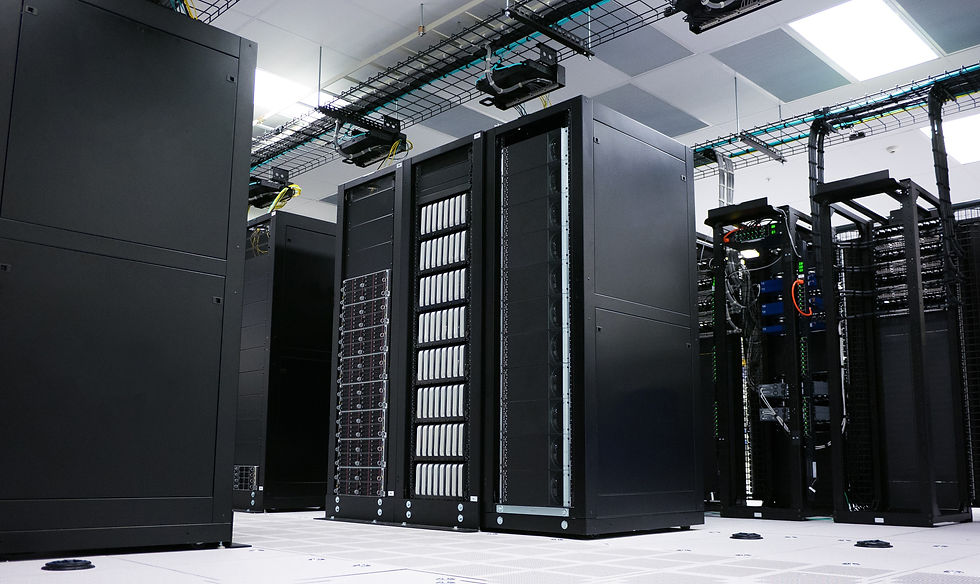Green Software Development: What It Is, Why It Matters, and How to Do It
- Gerry Murtagh
- Feb 26, 2024
- 3 min read
Green software development is an approach to software engineering that prioritizes energy-efficient patterns and processes throughout the delivery lifecycle. The approach holds great promise for enterprises looking to reduce their carbon emissions and costs associated with expensive and inefficient legacy technology and processes. However, many software developers are not aware of the environmental impact of their software and the best practices to make it greener. In this article, we will explore the principles, benefits, and challenges of green software development, and provide some practical tips and examples for software developers who want to make their software more sustainable.

According to the Green Software Foundation, there are eight principles of green software development:
Carbon: Developers should build software that offers value to users, while producing fewer carbon emissions.
Electricity: Energy-efficient applications use software components that don’t consume much energy.
Carbon intensity: Developers should consider the carbon intensity of the electricity sources that power their software and choose low-carbon options when possible.
Embodied, or embedded, carbon: Developers should account for the carbon emissions associated with the production, transportation, and disposal of the hardware and software components that their software depends on.
Energy proportionality: Developers should design software that scales its energy consumption according to its workload and avoids wasting energy when idle or underutilized.
Networking: Developers should optimize the data transfer and communication between their software components and minimize the network latency and congestion.
Demand shaping: Developers should influence the user behaviour and demand patterns to reduce the peak load and energy consumption of their software.
Measurement and optimization: Developers should measure the energy and carbon performance of their software and apply continuous improvement techniques to optimize it.
Green software development can have multiple benefits for different stakeholders. For the environment, green software development can help reduce the greenhouse gas emissions and the ecological footprint of the IT sector, which is estimated to account for about 3.6% of the global electricity consumption and 1.4% of the global carbon emissions. For the society, green software development can contribute to the global efforts to mitigate climate change and its adverse effects on human health, biodiversity, and natural resources. For the business, green software development can improve the efficiency, performance, and quality of the software products, as well as lower the operational costs, enhance the customer satisfaction, and increase the competitive advantage.
Despite the benefits of green software development, there are also some challenges that software developers may encounter. Some of these challenges are:
Lack of awareness and knowledge: Many software developers are not familiar with the concept of green software development and the best practices to implement it. They may also lack the tools and metrics to measure and optimize the energy and carbon efficiency of their software.
Trade-offs and conflicts: Sometimes, software developers may have to balance or compromise between different objectives and requirements, such as functionality, performance, usability, security, and sustainability. They may also face conflicts with other stakeholders, such as customers, managers, or vendors, who may have different priorities or expectations.
Complexity and uncertainty: Software development is a complex and dynamic process that involves many variables, dependencies, and uncertainties. It is often hard to predict or control the environmental impact of software, especially when it interacts with other software or hardware components, or when it operates in different contexts or scenarios. To address these challenges, software developers can take some actions, such as:
Educating themselves and others about the importance and principles of green software development and seeking guidance and support from experts or communities.
Articulating a clear and flexible strategy that guides the trade-offs and decisions regarding the sustainability of their software and communicating it effectively to all the stakeholders.
Reviewing and refining the software development life cycle to incorporate green software development practices, such as design for energy efficiency, code optimization, testing for carbon performance, and monitoring and feedback.
Using green software engineering tools and frameworks, such as Green Coding, that can help them measure, analyse, and improve the energy and carbon efficiency of their software.
In conclusion, green software development is a vital and valuable approach to software engineering that can help create software that is not only functional, but also eco-friendly. By following the principles and practices of green software development, software developers can reduce the environmental impact of their software and contribute to the sustainability goals of their organizations and society. However, green software development also poses some challenges that require awareness, knowledge, and skills to overcome. Therefore, software developers should seek to learn more about green software development, adopt a strategic and holistic perspective, and leverage the available tools and resources to make their software greener.



Comments